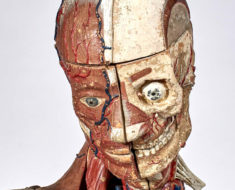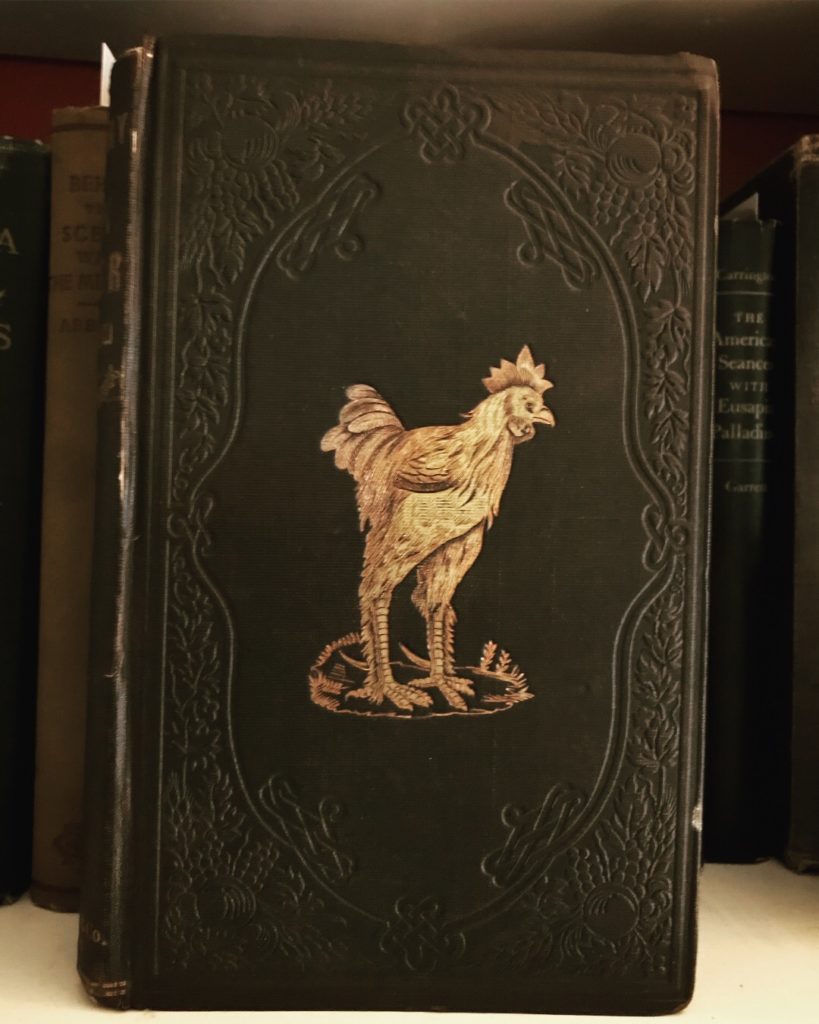
The History of Hen Fever: A Humorous Record, by George P. Burnham. Hartzman Collection.
In the 1840s, a young Queen Victoria began a most curious chicken craze. One of her most unique breeds arrived in 1843 from China: the Cochin. It’s a tall bird with soft, fluffy feathers and slender legs that can weigh up to 11 pounds. Victoria was smitten with the chicken, and her poultry collection grew.
According to the Illustrated London News, “Her Majesty’s collection of fowls is very considerable, occupying half-a-dozen very extensive yards, several small fields, and numerous feeding-houses, laying-sheds, hospitals, winter courts, &c.”
(Had she been around earlier in the century, she would have adored this hen with a human face.)
As word spread of her wondrous hens, Victorians everywhere fancied fancy chickens. Some were said to have sold for what would be the equivalent of $10,000 today.
The excitement spread to America as well, with poultry shows offering extraordinary exhibitions with the country’s finest fowl.
Shortly after this trend of raising ornamental chickens, George P. Burnham wrote The History of Hen Fever: A Humorous Record.
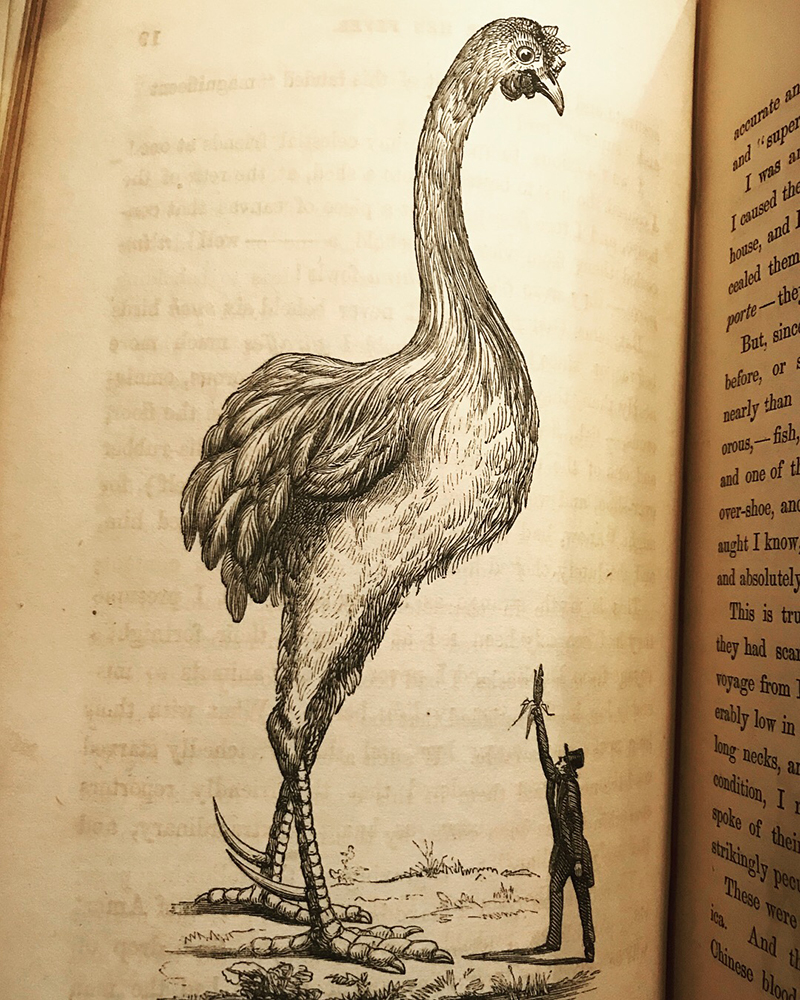
A “Cochin China” chicken, from The History of Hen Fever: A Humorous Record.
In the book, published in 1855, Burnham offers the exaggerated illustration seen here, describing the Cochin as such: “But, since God made me, I never beheld six such birds before, or since! They resembled giraffes much more nearly than they did any other thing, carnivorous, omnivorous,—fish, flesh, or fowl.”
He continued his history of hen fever, remarking “Never in the history of modern ‘bubbles,’ did any mania exceed in ridiculousness or ludicrousness, or in the number of its victims surpass this inexplicable humbug.”
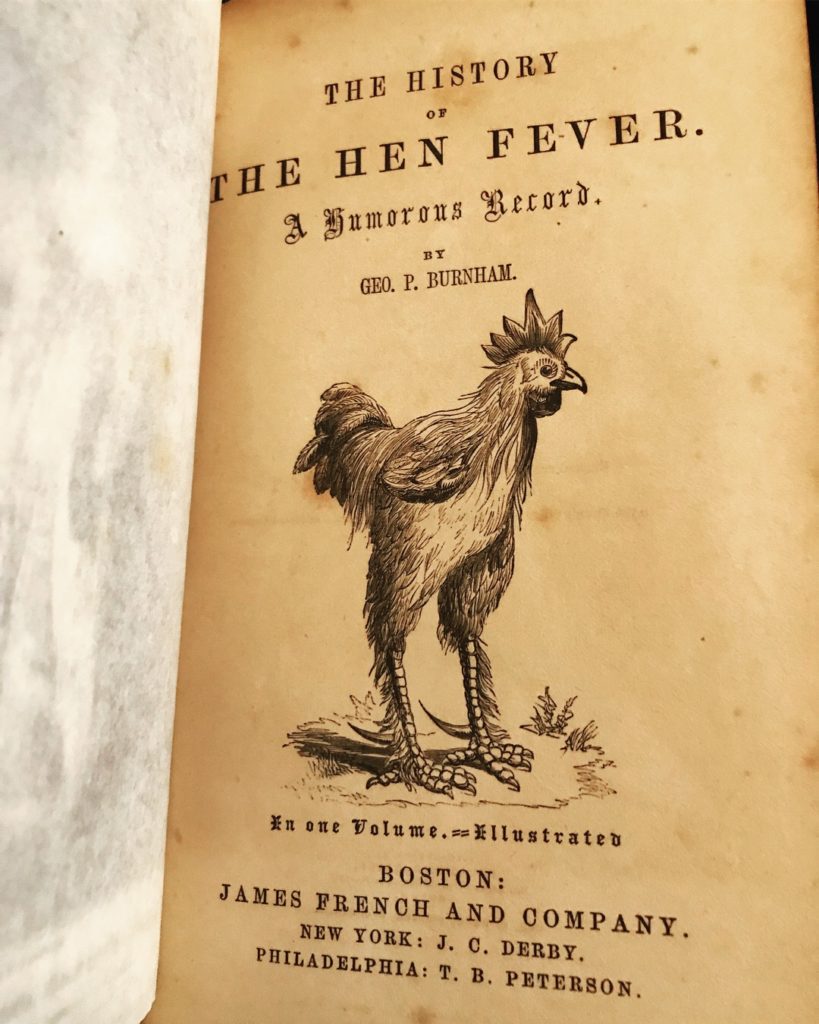
Title page from The History of Hen Fever: A Humorous Record.

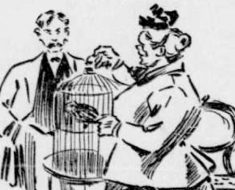
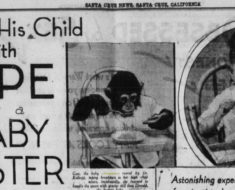
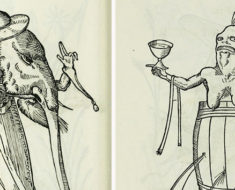
![Lady Wonder - By Francis Wickware (Dr. Rhine and ESP. Life Magazine. April. 15, 1940) [Public domain], via Wikimedia Commons](https://www.weirdhistorian.com/wp-content/uploads/2017/04/Lady_Wonder_Horse-By-Francis-Wickware-Dr.-Rhine-and-ESP.-Life-Magazine.-April.-15-1940-Public-domain-via-Wikimedia-Commons-235x190.png)
![Toby The Sapient Pig, 1817 [Public domain], via Wikimedia Commons](https://www.weirdhistorian.com/wp-content/uploads/2017/05/Tobythesapientpig-1871-crop-235x190.jpg)
